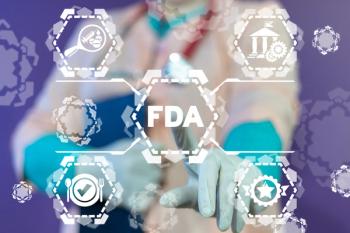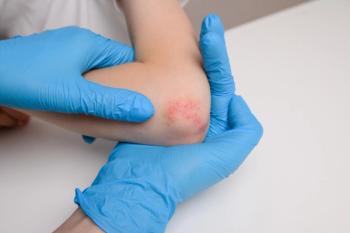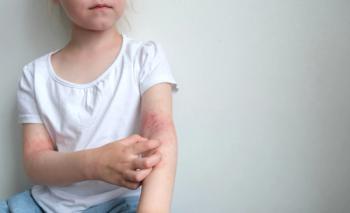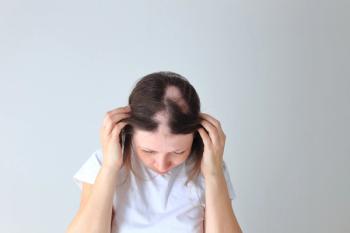
Adverse Events of ALA-PDT Treatment for Acne Evaluated
A recent study investigated the potential adverse events around using 5-aminolaevulinic acid photodynamic therapy (ALA-PDT) for acne treatment.
A prospective study1 at the Shanghai Skin Disease Hospital investigated 35 patients with acne vulgaris to determine the potential adverse events (AEs) from treating with5-aminolaevulinic acid photodynamic therapy (ALA-PDT).
The AEs were divided into acute-phase AEs that included erythema (94.3%), post-treatment pain (91.4%), burning skin (91.4%), dry skin (91.4%), itching (85.7%), pustule (82.9%), edema (20%), and blister (11.4%); or recovery-phase AEs, which included crust (65.6%), exudation (48.6%), and hyperpigmentation (42.7%).
The younger the patients were, the more likely to have pustules (P<.05). Additionally, male patients experienced itching more often than female patients (P<.05). Efficacy of ALA-PDT for severe acne was positively related to the severity of acute-phase adverse reactions, the article explained. Out of the AEs, the duration of pain was the shortestwhilecrusting and hyperpigmentation lasted considerably longer.
Overall, the severity of AEs tended to decrease with increased patient age, except for itching, and hyperpigmentation. Lighttomoderate AEscould be the inflammatory reactions of ALA-PDT, predicting a good efficacy, the authors said.
“A form for evaluation of AEs based on the present study could assist dermatologists in predicting and managing AEs for greater efficacy and higher patient satisfaction,” the authors concluded.
Reference
- Lei S, Yang J, Zhang L, et al. A prospective study of adverse reactions of ALA-PDT for acne vulgaris. PhotodiagnosisPhotodynTher. Published online February 14, 2022:102752. doi:10.1016/j.pdpdt.2022.102752
Newsletter
Pharmacy practice is always changing. Stay ahead of the curve with the Drug Topics newsletter and get the latest drug information, industry trends, and patient care tips.











































































































































































































